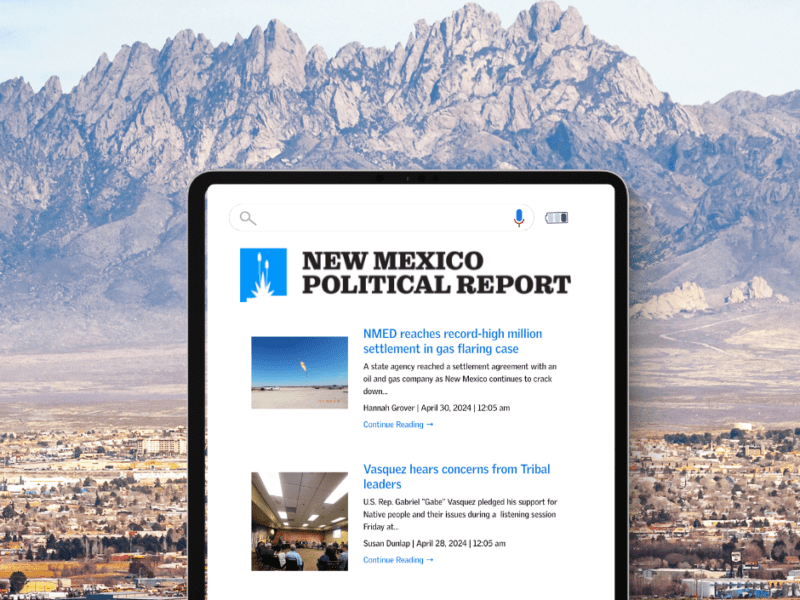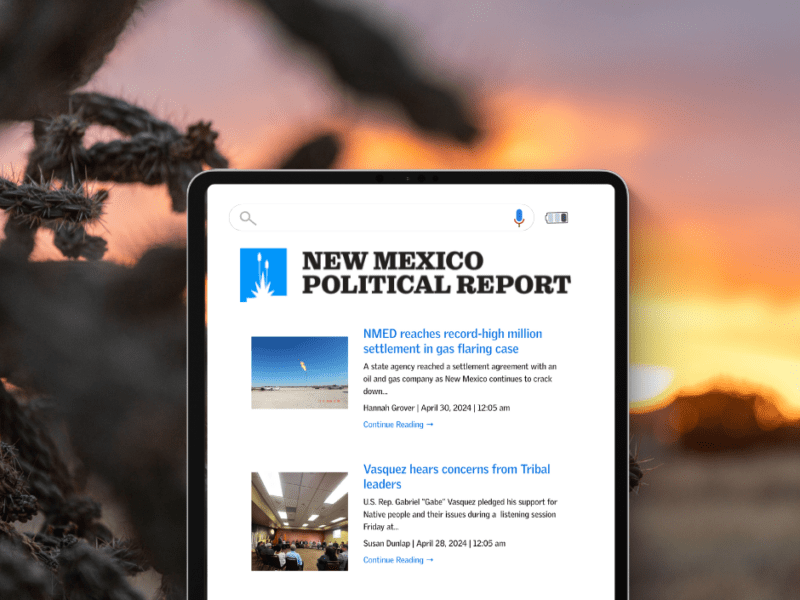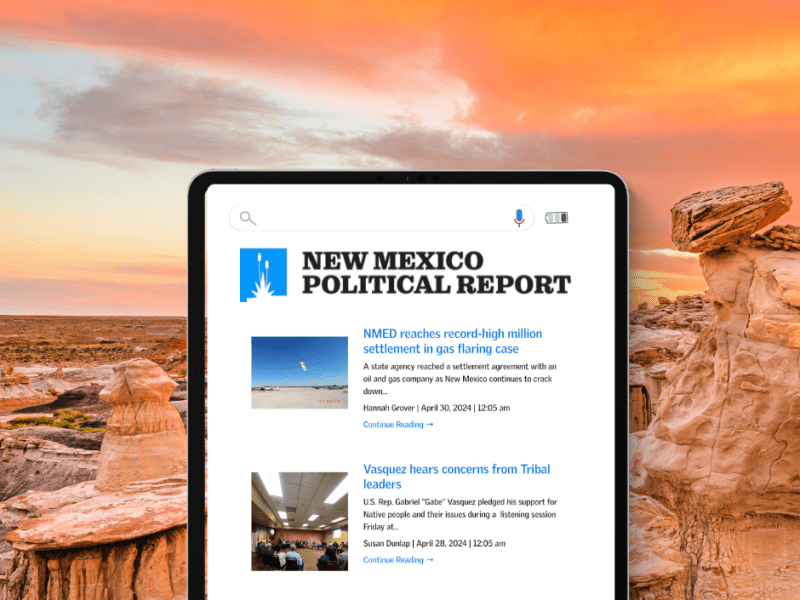The federal agency that investigates claims that a domestic animal has been killed by a predator has released new, stronger standards that it will use when deciding if a Mexican wolf is responsible for livestock death. Conservation groups have been pushing Wildlife Services, a branch of the U.S. Department of Agriculture, to strengthen its standards […]




